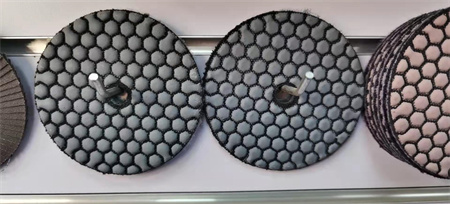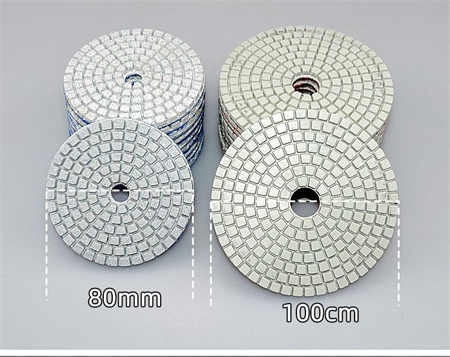How Polishing Pads Saved Time in a Multi-Unit Residential Project
In the world of construction and renovation, time is always of the essence. When it comes to multi-unit residential projects, efficiency is key, not only to stay on budget but also to keep things moving smoothly. One of the most unexpected tools that proved to be a game-changer in saving time during such a large-scale project was the polishing pad. These seemingly simple yet highly effective tools helped contractors achieve impeccable finishes faster than ever before. Let’s dive into how polishing pads revolutionized the way workers approached their tasks and contributed to the overall success of a multi-unit residential project.
The challenge with any multi-unit residential project is the scale. Multiple floors, numerous apartments, and a wide variety of surfaces all require attention to detail and precision. Traditionally, getting the floors of each unit to a high standard of finish would involve multiple steps, each taking valuable time to complete. Workers would often spend hours sanding, buffing, and polishing by hand or using outdated equipment that required frequent breaks and maintenance. This not only slowed progress but also affected the consistency of the final result.
Enter the modern polishing pad. Initially designed for smaller tasks, polishing pads quickly demonstrated their ability to take on larger projects with ease. These pads, when paired with the right machinery, can produce a high-gloss, smooth finish without the long hours of manual labor traditionally involved. As contractors began incorporating these pads into their workflow, they noticed a significant reduction in the time it took to polish floors, countertops, and even walls in some cases. What was once a long, grueling task now became something that could be done in a fraction of the time, without sacrificing quality.
One of the key factors in the time-saving benefits of polishing pads is their versatility. Whether working on concrete, marble, terrazzo, or stone, these pads can be adjusted to match the needs of the surface. This adaptability allowed contractors to streamline their operations, eliminating the need for different tools for each material. A single pad could tackle a variety of surfaces, saving time that would otherwise have been spent switching between equipment. Furthermore, the pads are designed to produce consistent results, ensuring that every unit in the building looked the same, with no room for error.
Another significant advantage of using polishing pads in a multi-unit project was their impact on worker productivity. With traditional methods, employees could often feel fatigued from the repetitive nature of the work, especially on large floors or throughout numerous units. The ease of use and efficiency of the polishing pads allowed workers to complete tasks faster without compromising on quality. This increased output meant that crews could move on to other tasks sooner, accelerating the pace of the entire project.
The time savings also had a ripple effect on other parts of the construction process. As floors and surfaces were finished more quickly, other tradespeople—such as painters, electricians, and carpenters—could move in sooner to complete their work. This was especially important in multi-unit residential projects, where coordination between various teams is crucial for maintaining a timeline. Polishing pads allowed the building’s finishing stages to progress rapidly, keeping everything on track.
The environmental impact of using polishing pads cannot be ignored either. By reducing the time spent on each unit, less energy was used overall, leading to a decrease in the project’s carbon footprint. Moreover, the pads are designed to last longer than traditional sanding equipment, which reduces waste and the need for constant replacement. In addition, the reduced dust and debris generated by polishing pads contributed to a cleaner, healthier work environment, benefiting the entire team.



